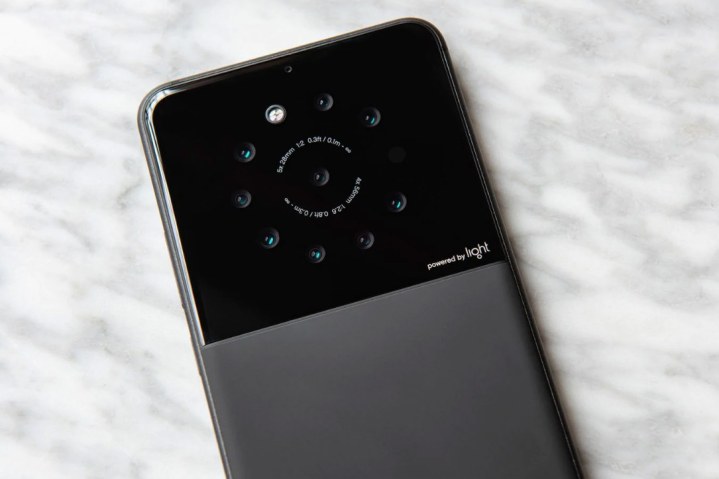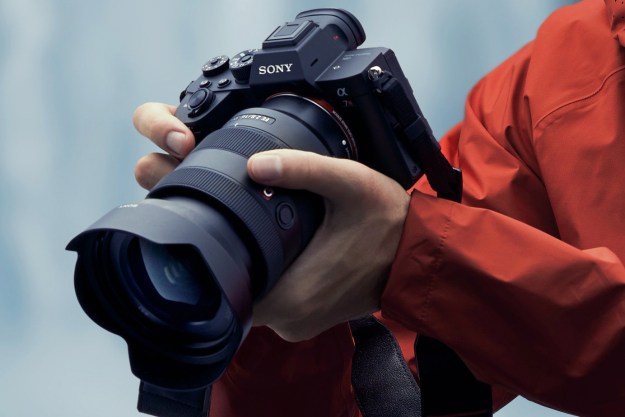
The race to turn out the best camera phone has intensified in recent years. Most manufacturers have increased the number of lenses they employ, some have worked hard on post-processing algorithms, and many have done both. The result is a whole new level of smartphone photography, but the trend has yet to reach its peak. Light bills itself as a pioneer in the era of the software-defined camera, and it has just struck a partnership with Sony Semiconductors Solutions to develop and market multi-image sensor designs for smartphones.
You may remember Light from the L16 camera, which combined 16 small lens and sensor modules into a compact camera that was designed to match DSLR performance. The company also showed off a working prototype smartphone with nine lenses, intended as a proof of concept. Now Light has secured privileged access to Sony’s image sensors, and it plans to create reference designs that combine its computational imaging solutions with Sony’s sensors, starting with smartphones with four or more camera lenses.
“We work with OEMs to figure out what their goals are with mobile imaging, help them find the right mix of sensors, and then optimize the array,” Prashant Velagaleti, senior vice president of engineering and product management for Light told Digital Trends. “We can help them realize a very specific vision they might have that will differentiate their phone.”
The vast majority of modern smartphones use Sony’s image sensors, but there’s a lot more to good photography than the hardware, arrays must be optimized, systems tuned, and algorithms applied. While we’ve seen Samsung and Huawei add more lenses, Google has focused on an advanced image processing unit and machine learning to squeeze the best quality results from a single lens. The ideal approach may be somewhere in the middle, but there are obvious advantages to more lenses.
“More data is better, so we’re always looking to capture and put together as much information about a scene as possible,” explained Aric Marshall, Light’s head of product. “A mix of color and monochrome sensors, for example, can help us capture more detail and more of the available light.”
Light has expertise in mixing and matching sensors and finding the right balance between the hardware and the software to get the best possible final image. With multiple lenses shooting simultaneously you can achieve high dynamic range and stack a single shot to improve the quality, possibly more effectively than by taking a series of frames over time, which is how a lot of smartphones do it right now.
Phone manufacturers are working with strict size limitations, so combining multiple cameras can be a smart way of improving performance without compromising designs. No one wants unsightly camera bumps. But phone manufacturers do want to offer a camera experience that will wow us.
“Smartphone manufacturers are looking to differentiate with camera expertise,” suggests Marshall. “Light and Sony working together can bring that expertise.”
We don’t expect it will take long for this new partnership to bear fruit.
Editors' Recommendations
- This tiny sensor is about to change your phone camera forever
- New 3D smartphone technology could change photography, experts say
- How to use smart lights to up your photography skills
- Panasonic takes on Sony in the vlogging camera game with compact Lumix G100
- The Xperia 1 II brings Sony’s mirrorless camera tech to a smartphone


